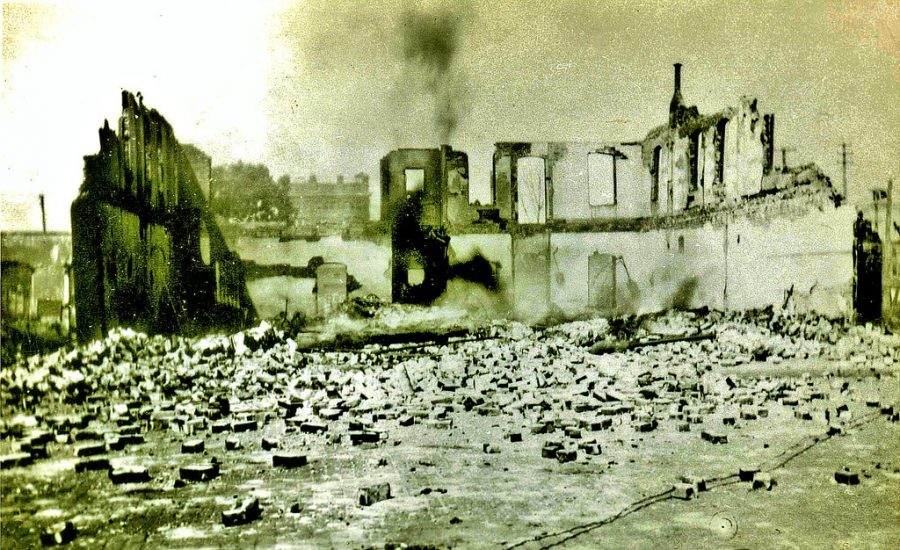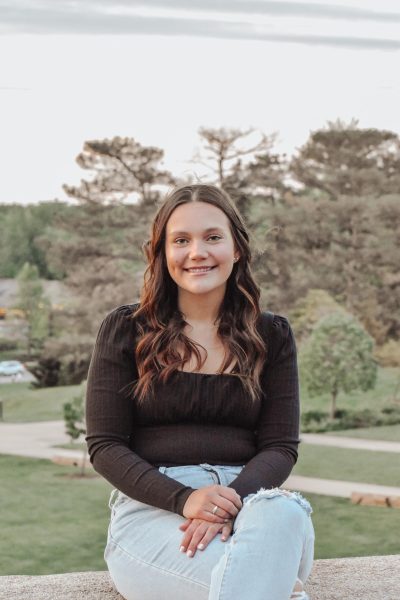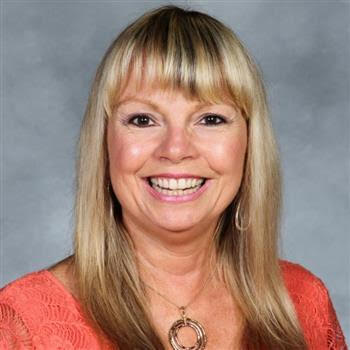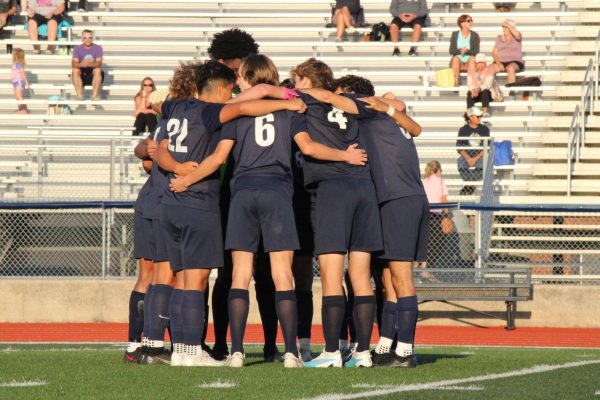Tulsa’s Unknown Massacre
Mini Holocaust..?
Many houses in Greenwood, a prosperous black community in the 1920s, were completely destroyed into ruins and have been replaced with small plaques.
There are many things about history that we do not know…yet. Some of them are extremely important, but are only taught in some places. Too many people live their whole lives without knowing about this specific incident, the Tulsa Massacre, at all. However, it needs to be heard.
In one English class, the students were exposed to the massacre while reading “To Kill a Mockingbird.
“First of all, it was heartbreaking and I have so much to say,” Cassidy Terry (’24) said. “The fact that we have never even heard about this is crazy. Honestly, I feel kind of privileged because I am a white student talking about this and it didn’t affect my community.”
This sheltered event happened in Tulsa, Oklahoma in 1921. Often known as a mini-holocaust in America, a massacre took place on an extremely prosperous black community called Greenwood. So many African-Americans were killed, yet so little justice was received. Blood was shed everywhere in the little town. Thousands and thousands of armed white people from Tulsa stormed Greenwood to attack.
Why did this happen? An African-American teenage boy, Dick Rowland was arrested and had charges pressed for supposedly assaulting a white woman in an elevator in Tulsa. The suspicion of this actually happening was dubious, even the police were questioning it. Later, they figured out that this turned out to be overreacted or mistold. However, mob mentality still occurred when white men had gathered around the courthouse where Rowland’s case was held. A shot was accidentally fired when a white man tried to grab a black veteran’s gun. This turned up the heat and dozens were killed of both races that night.
“I believe it was very messed up for the woman to frame Dick Rowland just because of his skin color,” Eastin Colyer (’24) said. “I felt an enormous amount of pain for him because of how much our community has changed today.”
This isn’t the biggest part though, May 31st to June 1st was a humongous, chaotic massacre. The white people were storming Greenwood with fire, weaponry and bullet showering planes. Many never saw their loved ones again and were uncertain about their fate. Property and lives of innocent black people perished. Corpses were piled onto trucks. Around 300 people were killed from this event, the majority being black residents of the town.
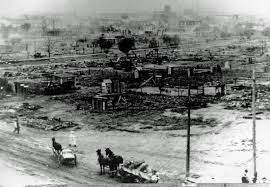
After all of this, the citizens of Greenwood did not get the amount of justice they deserved. They have small plaques in place of their homes, and their stories are practically only shared in Oklahoma schools. These are human beings, they deserve more than plaques and their stories need to be heard.
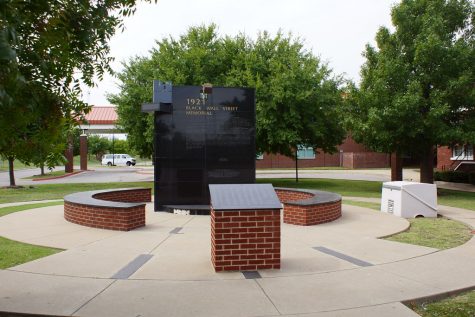
“If they’re hiding this, what else could they be hiding?” Justin Hayes (’24) said. “If this isn’t taught in school, then what else could be hidden from America?”
If this gruesome story does not get shared then we as people could risk going through it again. “Those who do not know history are destined to repeat it,” Spanish philosopher George Santayana said.
“This whole event was extremely unnecessary because there’s no reason to come after a silent, peaceful community,” Conrad. King (’24) said. “Especially over a false accusation. This is a racist hate crime because of how the 1920’s and 1930’s was full of racism.”
This deceiving event can relate a lot to the novel To Kill a Mockingbird by Harper Lee. The theory of framing and racism is portrayed in the story and shows a lot of emotion. The only thing is one of these stories is well known, fictional and shared. Greenwood is real and did not get correct justice. The time periods are so similar and share the racism that is trying to be solved today.
Overall, this story needs to be shared. Even though all of these people have passed, that does not mean they do not deserve justice.


